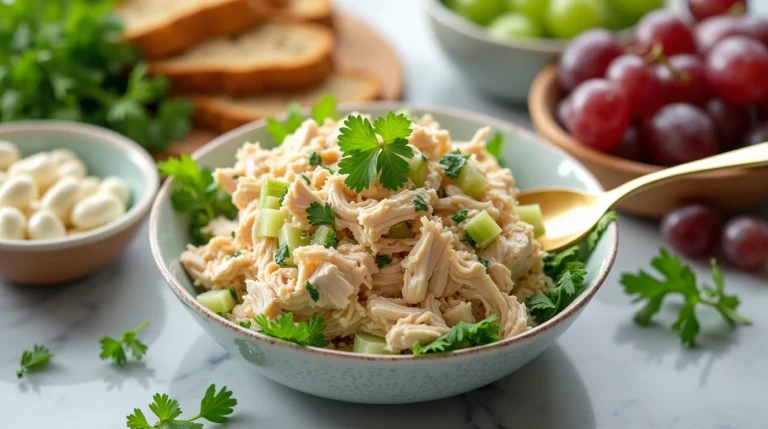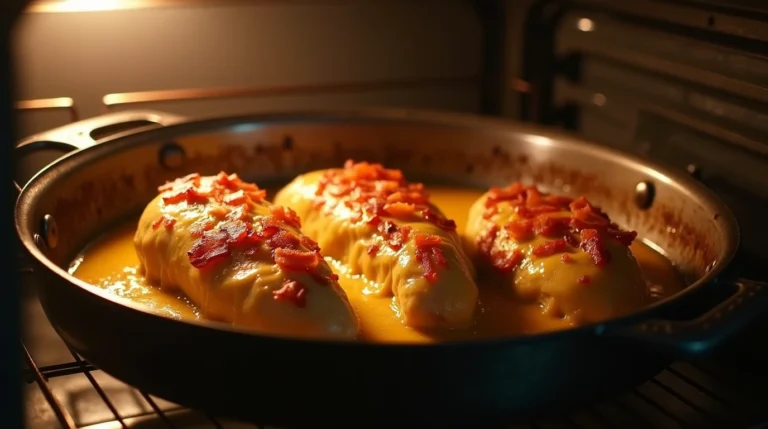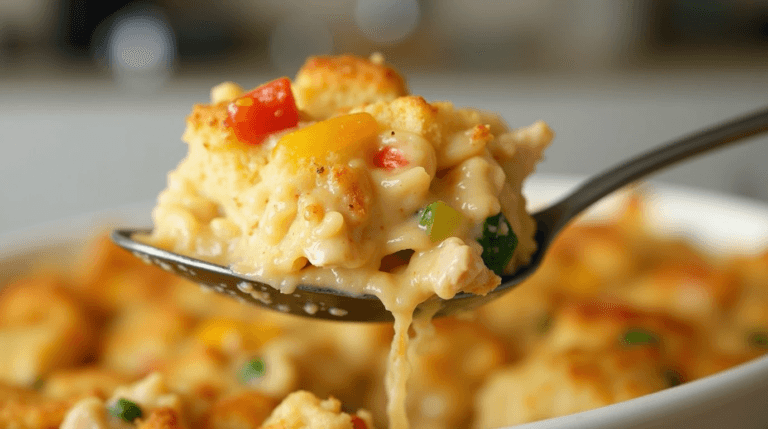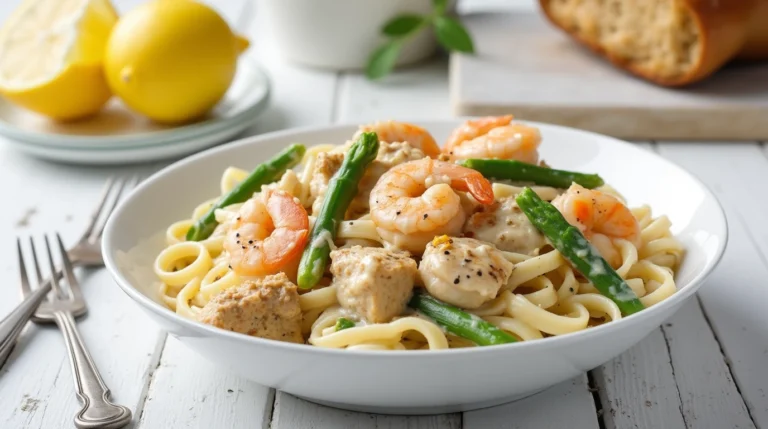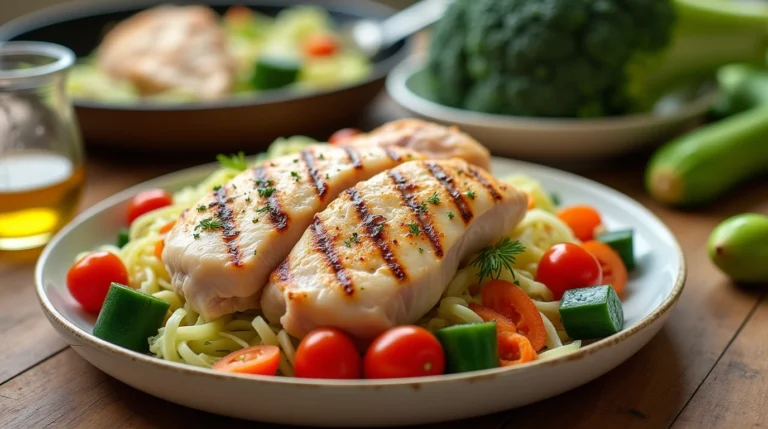Sauteed Chicken Hearts A Quick and Tasty Delight
Introduction
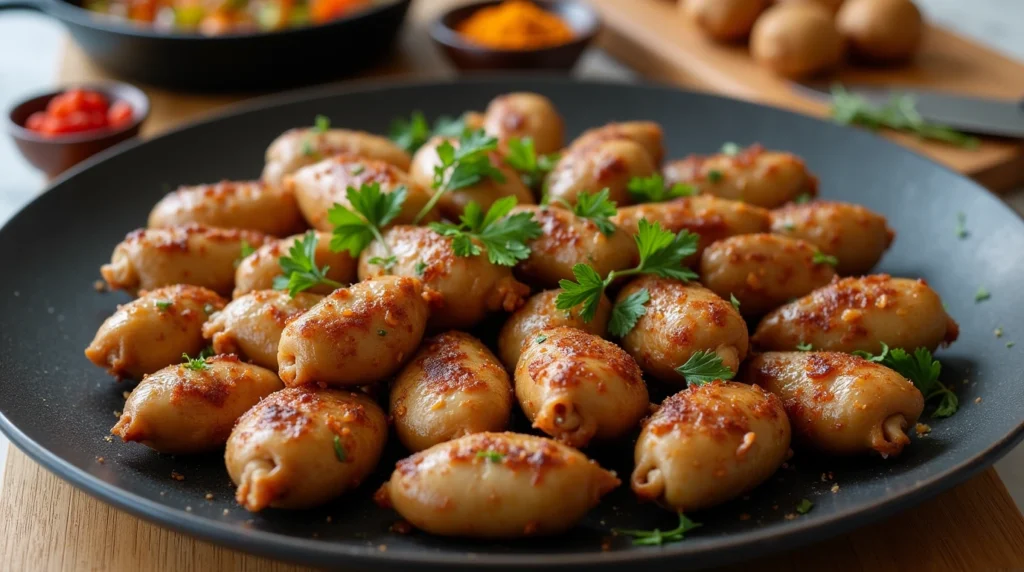
Sauteed chicken hearts are an underrated culinary treasure. Packed with flavor, affordable, and rich in nutrients, they’re perfect for adventurous food lovers and busy cooks alike. Whether you’re exploring new dishes or looking for a healthy protein source, this dish deserves a spot on your plate.
Table of Contents
What Are Chicken Hearts?
Understanding the Basics of Chicken Hearts
Chicken hearts are small, muscle-packed organs that boast a meaty texture and rich flavor. These bite-sized cuts are widely used in global cuisines, particularly in countries like Brazil, Japan, and the Philippines, where every part of the chicken is cherished.
Why Chicken Hearts Are a Nutritional Powerhouse
Chicken hearts are loaded with essential nutrients. They’re an excellent source of protein, iron, zinc, and B vitamins, especially B12. These nutrients promote muscle growth, boost energy levels, and support brain function. Despite their nutritional density, chicken hearts are low in fat, making them a guilt-free indulgence.
The Unique Flavor of Sauteed Chicken Hearts
What Makes Sauteed Chicken Hearts So Delicious
The flavor of chicken hearts is unlike any other cut of poultry. They offer a delicate balance of savory and slightly gamey notes, which intensify when sautéed to perfection. When cooked with the right techniques, they develop a golden crust that locks in their natural juices.
How Texture and Seasoning Bring Out the Best in Chicken Hearts
Chicken hearts have a tender, chewy texture that becomes incredibly satisfying when paired with bold seasonings. A quick sauté enhances their natural umami while allowing spices and herbs to shine.
Health Benefits of Eating Sauteed Chicken Hearts
Rich in Protein and Nutrients
A single serving of chicken hearts can meet a significant portion of your daily protein requirements. The iron and zinc content supports immune health, while the high B12 levels aid in red blood cell production.
A Budget-Friendly Superfood
Chicken hearts are not only nutrient-dense but also incredibly affordable. Compared to other cuts of meat, they’re a cost-effective way to incorporate high-quality protein into your diet.
Choosing the Best Chicken Hearts
Fresh vs. Frozen Chicken Hearts
Fresh chicken hearts often offer better texture and flavor, but frozen options are convenient and retain most of their nutritional value. Look for vacuum-sealed packs if choosing frozen.
What to Look for When Buying Chicken Hearts
Opt for hearts that are firm, glossy, and dark red in color. Avoid any that appear dull, slimy, or have an off-putting odor.
Preparing Chicken Hearts for Sautéing
How to Clean and Trim Chicken Hearts Like a Pro
- Rinse thoroughly: Wash the hearts under cold water to remove any residual blood.
- Trim excess fat: Use a sharp knife to remove the white fatty tissue around the edges.
- Slice if needed: Some recipes call for halved hearts for even cooking.
Marinade Ideas to Enhance Flavor
- Garlic and soy sauce: Adds a savory, slightly sweet kick.
- Lemon and thyme: Brings out a fresh, zesty taste.
- Chili and lime: Perfect for a spicy, tangy profile.
The Perfect Seasonings for Sauteed Chicken Hearts
Essential Spices and Herbs to Try
- Paprika for smoky depth
- Garlic powder for a robust aroma
- Fresh parsley or cilantro for a herbaceous finish
Flavor Pairings That Work Like Magic
Combine chicken hearts with bold flavors like caramelized onions, tangy balsamic vinegar, or earthy mushrooms to create a dish that’s both complex and comforting.
Step-by-Step Guide to Cooking Sauteed Chicken Hearts
If you’re ready to master the art of cooking sauteed chicken hearts, this step-by-step guide will walk you through every detail to ensure a flavorful and satisfying dish.
Essential Tools and Equipment for Sautéing
Checklist:
- A sturdy skillet (preferably cast iron or stainless steel)
- Sharp knife for trimming
- Tongs or spatula
- Mixing bowl for marinating
- Measuring spoons
Ingredients You’ll Need
Checklist:
- 1 pound of chicken hearts
- 2 tablespoons olive oil or butter
- 3 garlic cloves, minced
- 1 teaspoon smoked paprika
- ½ teaspoon black pepper
- ½ teaspoon salt
- Optional: parsley or cilantro for garnish
Step 1: Clean and Trim the Chicken Hearts
- Rinse the chicken hearts under cold water.
- Trim any excess fat or connective tissue with a sharp knife.
- Optionally, slice the hearts in half lengthwise for faster cooking.
Step 2: Marinate the Hearts for Extra Flavor
- In a mixing bowl, combine olive oil, garlic, smoked paprika, black pepper, and salt.
- Add the cleaned chicken hearts and toss until fully coated.
- Let the hearts marinate for 20-30 minutes for maximum flavor.
Step 3: Preheat Your Skillet
- Heat your skillet over medium-high heat.
- Add 1-2 tablespoons of olive oil or butter.
- Ensure the skillet is hot enough that the oil shimmers or the butter foams.
Step 4: Cook the Chicken Hearts
- Place the marinated hearts in a single layer in the skillet.
- Cook for 4-5 minutes on one side without stirring to develop a golden-brown crust.
- Flip the hearts and cook for another 3-4 minutes until evenly browned.
Step 5: Add Garlic for Extra Flavor
- During the last minute of cooking, add the minced garlic.
- Stir to coat the hearts while ensuring the garlic doesn’t burn.
Step 6: Check for Doneness
- Cut into one of the larger hearts.
- The interior should no longer be pink, and juices should run clear.
Step 7: Garnish and Serve
- Remove the chicken hearts from the skillet.
- Plate them and sprinkle fresh parsley or cilantro over the top.
Serving Suggestions
Checklist:
- Pair with steamed rice or buttery mashed potatoes.
- Serve alongside roasted vegetables or a tangy cucumber salad.
- Add to a warm crusty baguette for a unique sandwich option.
Tips and Tricks for Cooking Sauteed Chicken Hearts
How to Avoid Overcooking or Undercooking
Cook over medium-high heat and avoid overcrowding the pan. Overcooked hearts become tough, while undercooked ones lack their full flavor.
Secrets to Achieving the Perfect Sear
Ensure the pan is hot before adding the hearts. Use a small amount of oil to prevent sticking and encourage caramelization.
Common Mistakes to Avoid
Pitfalls to Watch Out for When Cooking Chicken Hearts
- Using too much oil, which can make the dish greasy.
- Skipping the cleaning step, leading to a metallic taste.
How to Fix Common Issues with Texture or Flavor
If the hearts are too chewy, marinate them longer. For bland flavors, adjust your seasoning or add a splash of acid, like lemon juice.
Variations on Sauteed Chicken Hearts
Global Takes on This Classic Dish
- Brazilian-style grilled chicken hearts with chimichurri
- Japanese yakitori-style skewered chicken hearts
- Filipino adobo chicken hearts simmered in soy and vinegar
Turning Sauteed Chicken Hearts into a Gourmet Experience
Serve them as an appetizer with a spicy dipping sauce or pair them with a fine red wine for an upscale twist.
Wrapping It Up

Sauteed chicken hearts are more than just a quick and tasty delight they’re a versatile, nutrient-packed dish that can elevate any meal. Whether you’re a seasoned chef or a curious home cook, give this recipe a try and savor the rich flavors of this hidden gem.


